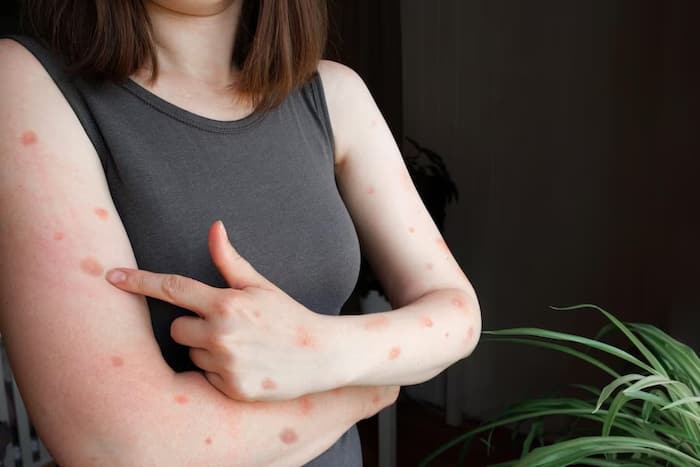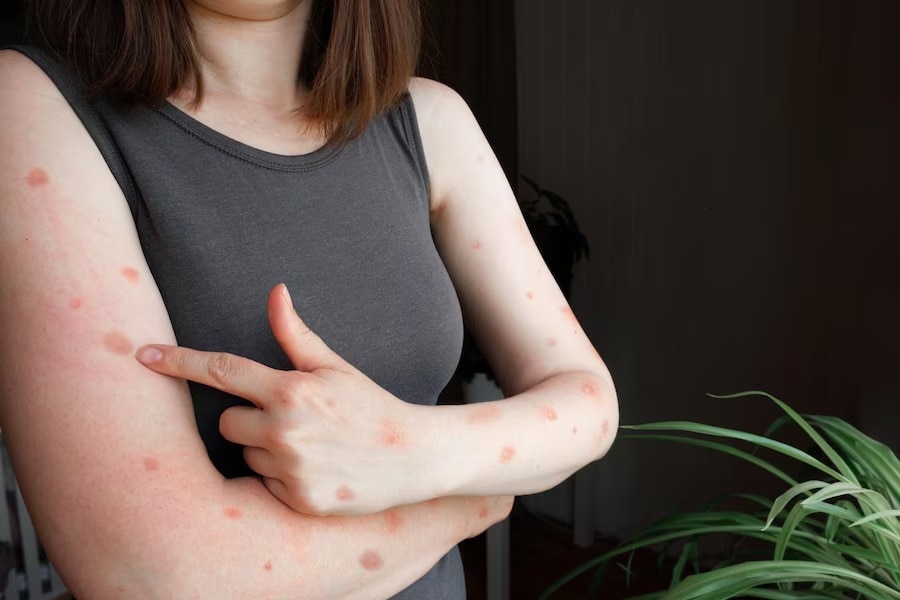India is on high alert after confirming its first Mpox case of the year on Monday. Let’s take a closer look at its symptoms, treatment and precautions to be more aware of.

The Union Health Ministry on Monday confirmed India’s first Monkeypox case. In a press release, the government stated that a 26-year-old man from Haryana’s Hisar has tested positive. He was admitted to the Delhi Government-run LNJP Hospital on Saturday with symptoms like skin rashes and boils. His test reports have confirmed that he is infected with mpox virus clade 2. The news has left healthy advisories worried, raising awareness for Indians to take precautions. Let’s take a closer look at the monkeypox virus to better understand its symptoms and the precautions necessary when infected. Being informed can help in effectively managing and preventing the spread of the virus.
What is Mpox Virus? H0w is it Transmitted?
According to Dr Aklesh Tandekar, Head consultant critical care, wockhardt hospitals mira road, “Mpox is a viral infectious disease that can be dangerous to humans and animals. Ones with weak immune systems, children especially infants, and pregnant women have higher chances of suffering from this infection. Living or traveling in areas where there is a monkeypox outbreak can make you prone to infection.”
He further added, “Mpox infection is different from Covid-19 infection and shouldn’t be confused with one another. The virus is typically found in Central and West Africa and recent outbreaks have been seen in the United States, Europe, Australia, and animal reservoirs that are rodents and non-human primates. The virus is transmitted by coming in direct contact with an infected person’s lesions or rashes, bodily fluids (blood, sweat, semen, indirect contact with contaminated surfaces or objects, bedding or clothing, airborne transmission through, respiratory droplets, and prolonged face-to-face contact.”
Variants
- Central African variant: This variant is found in the Democratic Republic of Congo and has a higher mortality rate (around 10-15%).
- West African variant: This variant is found in Nigeria and other West African countries and has a lower mortality rate (around 1-3%).
Additionally, there are two sub-clades within the West African variant:
- Clade I: Found in Ghana and Nigeria, people are more symptomatic, and have high mortality.
- Clade II: Found in Nigeria and other West African countries, highly transmissible and has lower mortality. It’s worth noting that the current global outbreak is primarily caused by the West African variant, specifically Clade II. Research is ongoing to better understand the genetic diversity of MPox and its implications for transmission, severity, and vaccine effectiveness.
Symptoms
The incubation period is of 10-14 days, prodromal phase (0-4 days). The common symptoms are fever, headache, muscle aches, swollen lymph nodes, rash or lesion phase is 1-3 weeks and one can have flat, red spots or blisters that progress to pus-filled blisters and later form crusts and scabs. It is imperative to visit the doctor and initiate treatment without any delay.
The doctor may also conduct a physical examination and monitor your symptoms. Other laboratory tests that will be carried out are polymerase chain reaction (PCR), Serology tests (IgM and IgG) and virus isolation is the gold standard for diagnosis when it comes to viral infections. The treating doctor will provide symptomatic treatment to manage this viral infection and improve the quality of life of the patient.
Treatment
The supportive care will be in the form of managing symptoms, preventing complications, and prescribing antiviral medications such as Tecovirimat (TPOXX), and Brincidofovir (CMX001). Self-medication can be risky so be alert. One will also be recommended vaccinations such as the Smallpox vaccine (Imvamune) and the MPox vaccine (Jynneos).
Precautions
To safeguard yourself from this viral infection, adhere to good hygiene practices such as hand washing, avoiding sharing your items like clothes, toothbrushes, toiletries, makeup or skincare products, towels, and bedding, not coming in close contact with infected individuals, isolating the person if he/she has symptoms such as rash or lesion, wearing personal protective equipment (PPE) that includes gloves, masks, gowns and vaccination for high-risk individuals.

